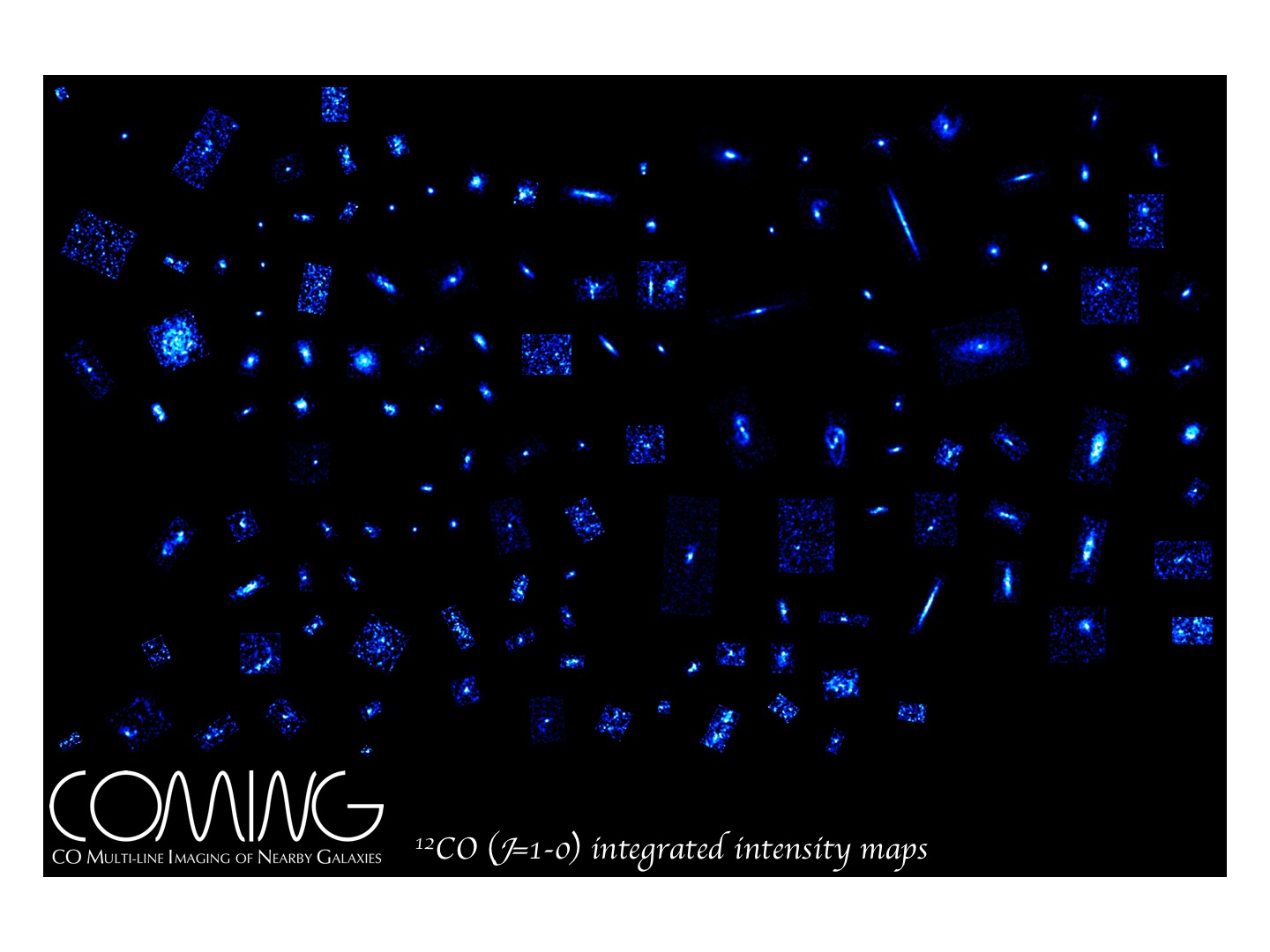SORAI Kazuo
Professor
Observational astronomy of galaxy evolution
Department of Physics, Nonlinear Physics

| Theme | Observational studies of galaxy evolution from points of view of interstellar gas, star formation, and galactic structures. Joining the project of the Antarctic Terahertz Telescopes. |
| Field | galactic astronomy |
| Keyword | galaxy, interstellar gas, star formation, galaxy evolution, observational astronomy, Antarctic astronomy |
Introduction of Research
I have investigated to make clear how galaxies have evolved from a viewpoint of interstellar gas and star formation through observations. Galaxies are assemblies of stars and interstellar medium, and the Milky Way is one of examples. The shape of galaxies is various, for example, there are spiral galaxies such as the Milky Way or the neighboring Andromeda galaxy, while there are galaxies whose shape is elliptical or irregular. Properties of galaxies located in dense regions are different from those of isolated galaxies. It is important to make clear how such variety results from, in order to understand galaxy formation and evolution. I have observationally investigated distributions, dynamics, physical properties of interstellar gas, which is material of stars, and relation among them and star formation activity in nearby galaxies. In recent years, I have engaged in a project that imaged many nearby galaxies in molecular gas tracer with the Nobeyama 45-m radio telescope, “CO multi-line imaging of nearby galaxies” (COMING). (see image “CO images of 147 nearby galaxies taken in COMING project”)
I have also engaged in development of telescopes and observational instruments. In recent years, I have joined a project to construct terahertz telescopes in the Antarctica, especially developing spectrometers and data reduction system.
Representative Achievements
Sorai, K., Kuno, N., Muraoka, K., Miyamoto, Y., Kaneko, H., Nakanishi, H., Nakai, N., Yanagitani, K., Tanaka, T., Sato, Y., Salak, D., Umei, M., Morokuma-Matsui, K., Matsumoto, N., Ueno, S., Pan, H.-A., Noma, Y., Takeuchi, T.T., Yoda, M., Kuroda, M., Yasuda, A., Yajima, Y., Oi, N., Shibata, S., Seta, M., Watanabe, Y., Kita, S., Komatsuzaki, R., Kajikawa, A., Yashima, Y., Cooray, S., Baji, H., Segawa, Y., Tashiro, T., Takeda, M., Kishida, N., Hatakeyama, T., Tomiyasu, Y. Saita, C.,
Publications of the Astronomical Society of Japan, 2019, Vol.71, SP1, pp.S14:1-42
Sorai, K., Kuno, N., Nishiyama, K., Watanabe, Y., Matsui, H., Habe, A., Hirota, A., Ishihara, Y., Nakai, N.,
Publications of the Astronomical Society of Japan, 2012, Vol.64, No.3, pp.51:1-10
Sorai, K., Habe, A., Nishitani, H., Hosaka, K., Watanabe, Y., Miwa, S., Ohishi, Y., Motogi, K., Minamidani, T., Awano, J., Sumida, S., Fukuya, Y., Uchida, R., Kaneko, N., Fujimoto, M. Y., Koyama, Y., Kimura, M., Nakai, N.,
Publications of the Astronomical Society of Japan, 2008, Vol.60, No.6, pp.1285–1296
Sorai, K., Nakai, N., Kuno, N., Nishiyama, K., Hasegawa, T.,
Publications of the Astronomical Society of Japan, 2000, Vol.52, pp.785–802
Sorai, K., Sunada, K., Okumura, S. K., Tetsuro, I., Tanaka, A., Natori, K., Onuki, H.,
Proc. SPIE Vol.4015, pp.86–95, Radio Telescopes, Harvey R. Butcher; Ed., 2000
| Academic degree | Ph.D. |
| Self Introduction | I’m from Osaka. |
| Academic background | Bachelor of Science, Kyoto University, 1993 Master of Science in Astronomy, The University of Tokyo, 1995 Ph.D. in Astronomy, The University of Tokyo, 1998 2021-Present Professor, Hokkaido University |
| Affiliated academic society | The Astronomial Society of Japan, International Astronomical Union |
| Project | NRO 45-m Telescope Legacy Program, "CO Multi-line Imaging of Nearby Galaxies" (COMING) |
| Room address | Science Building 2 2-316 |


